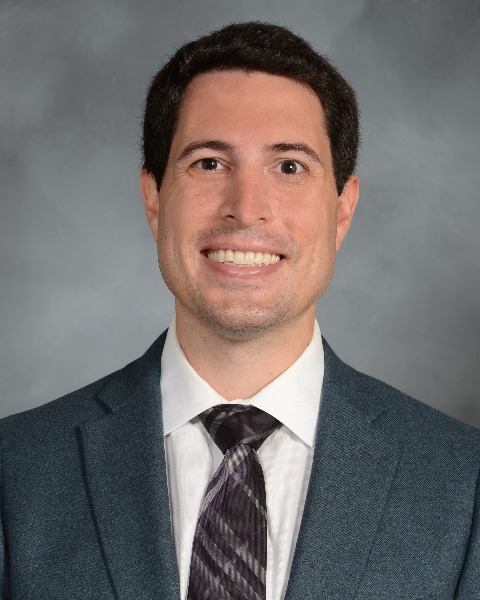Nonvascular Interventions
Multi-institutional Prospective Analysis of Percutaneous Image-Guided Large Bore Gallstone Extraction for Inoperable Acute Calculous Cholecystitis

Neil K. Jain, DO (he/him/his)
Integrated Interventional Radiology Resident
Medstar Georgetown University HospitalDisclosure information not submitted.

Matthew L. Lamberti, BS
Medical Student
Georgetown University School of Medicine- JD
Juhi Deolankar, MD
Integrated Interventional Radiology Resident
NewYork-Presbyterian Hospital/Columbia - DM
Daniel Marchalik, MD
Attending
MedStar Washington Hospital Center .jpg)
Tim McClure, MD
Professor
Weill Cornell Medicine
William F. Browne, MD
Attending
Nyp/Weill Cornell Medicine
John B. Smirniotopoulos, MD, MS
Assistant Professor of Radiology
MedStar Georgetown University Hospital
Poster Presenter(s)
Author/Co-author(s)
Materials and Methods: This was a multi-institutional prospective review of patients at two large academic centers who presented with acute cholecystitis based on clinical assessment, imaging, and laboratory values. All patients underwent percutaneous cholecystostomy tube placement, which was subsequently upsized to large-bore sheaths for gallstone extraction in the interventional radiology suite. Patients were followed with 3-month ultrasound following successful removal of cholecystostomy tubes after gallstone extraction and confirmation of patent cystic duct. Review parameters included procedural technical data and clinical data, including details of clinical presentation, average hospital stay, and post-intervention symptom reduction. Technical success was defined as the removal of all stones during the procedure and subsequent removal of cholecystostomy tubes. Clinical success was defined as stone-free on imaging at the 3-month clinical evaluation.
Results:
Twenty-two patients (mean age 75.3yr, range 34-94yr; 12 male and 10 female) underwent large bore sheath (24 - 30 French) cholangioscopy assisted gallstone extraction. 21 patients had prior cholecystostomy access for 3-6 weeks prior to gallstone extraction to ensure tract maturation. 18 patients had transhepatic access and 4 patients had transperitoneal access.
Mean procedure time was 116.3 minutes, and mean fluoroscopy time was 23.8 min. The SpyGlass Direct Visualization System was utilized in all cases to visualize the gallstones within the gallbladder and cystic duct. Of these 22 patients, 9 were upsized to a maximum 24F NephroMax sheath and lithotripsy was used to fragmentize solitary gallstones >1cm in size. 13 cases were upsized to a maximum 30F sheath and stone retrieval was utilized to remove several small stones. There was a 100% technical success rate with no major procedure-related complications. 100% were symptom and pain-free immediately post-procedure. Median hospital stay was 1-day post-procedure. three-month follow-up after cholecystostomy tube removal, no stones were noted on imaging and patients remained symptom-free.
Conclusion: Fluoroscopic-guided percutaneous large bore (24 – 30 French) gallstone extraction is a safe and efficacious procedure for gallstone extraction in patients that are poor surgical candidates.

.jpg)
.png)
.png)
.png)
.png)
.jpg)
.jpg)
.png)
.png)